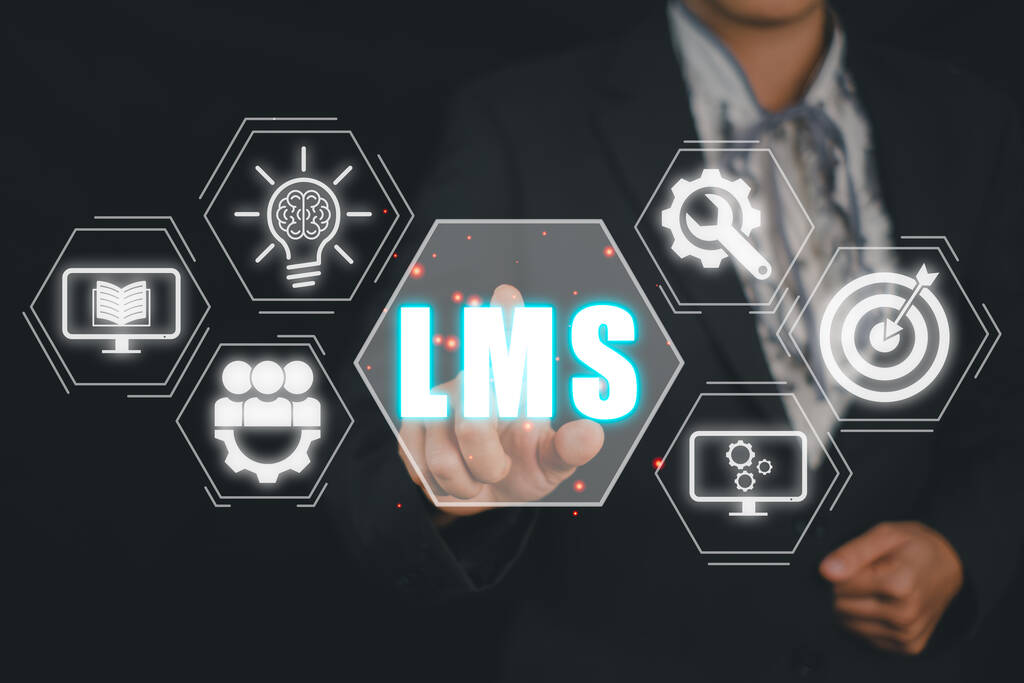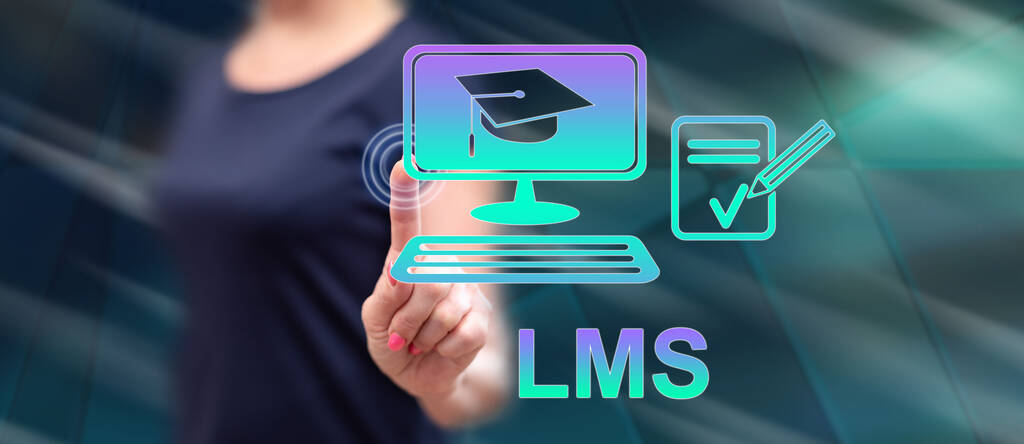Brightspace LMS Pricing for Educational Institutions

Educational institutions across the United States and globally always look for the kind of platform that increases learning and also makes administrative processes easier. One of the most common answers is a Learning Management System (LMS). While there are many choices, some are more user-friendly and feature-rich than others.
But we need to know what all this costs before we make decisions. In this post, we will consider pricing matters, the cost of a particular LMS, and the value an LMS can bring to schools and universities. Understanding Brightspace LMS pricing structures can help institutions make informed budget decisions for their educational technology investments.
Understanding LMS Costs
You have to really consider both upfront and ongoing costs when examining any LMS.
Such as licensing charges, implementation fees, and possibly fees for upgrades or additional functionalities.
Educational institutions thus need to balance these aspects with their budgets and projects.
Licensing Fees
At the heart of the LMS pricing model lies the licensing fee. The licensing fee is most of the time based on the number of users or the size of the institution. Larger universities might pay more, while smaller schools could get scaled pricing. This requires institutions to calculate these costs by assessing their unique student and faculty numbers.
Additional Features and Upgrades
An LMS also has several features that are optional.
These may be everything from advanced analytics, mobile access, and integration with other educational tools.
These enhancements allow for significant benefits, but perhaps at a higher overall cost.
A crucial point for institutions here is to determine which functionalities are required to reach their educational objectives.
Support and Maintenance

Ongoing support and maintenance are necessary for a seamless LMS experience. The pricing can change, as many providers offer tiered support plans. According to the U.S. Department of Education’s educational technology plan, effective technology implementation requires comprehensive support systems. Instead, institutes must assess their need for assistance and choose a plan that provides secure support without breaking the bank.
Customization and Flexibility
One of the top considerations is the functionality for customization based on an LMS. Imagine how the configurations would be uniquely suited to some institution’s educational strategies. An adaptable platform can be adjusted, keeping up with changing requirements. That flexibility can be a real differentiator when it comes to long-term value.
User Experience
An intuitive interface can influence satisfaction greatly? The platform should be simple to use for both educators and students. This, in turn, may lead to greater adoption and engagement if you provide a positive user experience. Thus, institutions should consider platforms that offer services that are simple to use.
Training and Professional Development
Proper training is key to making the most of an LMS. Many providers offer training sessions and resources to ensure proper use of the system by educators. Professional development and technology go hand in hand in improving teaching and learning outcomes.
Conclusion
So the cost of an LMS will depend on the type of LMS you want, the functionality it offers to educational institutions, and ultimately, how much value you add to your courses from using that LMS. By looking at licensing rates, implementation costs, and optional services, educational institutions can make more reliable decisions. All in all, an effective Learning Management System should facilitate educational objectives, bring value to the learning experience, and provide a positive return on investment. By taking the time to determine their unique requirements and available resources, institutions will be able to find a tool that fits within their mission and goals to ultimately create a beneficial environment.
